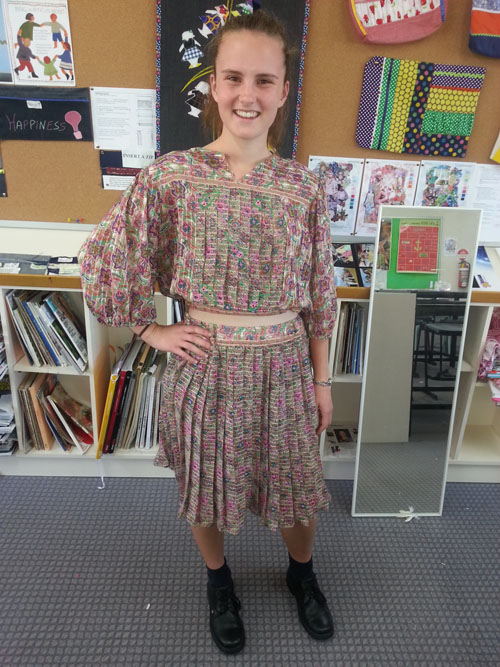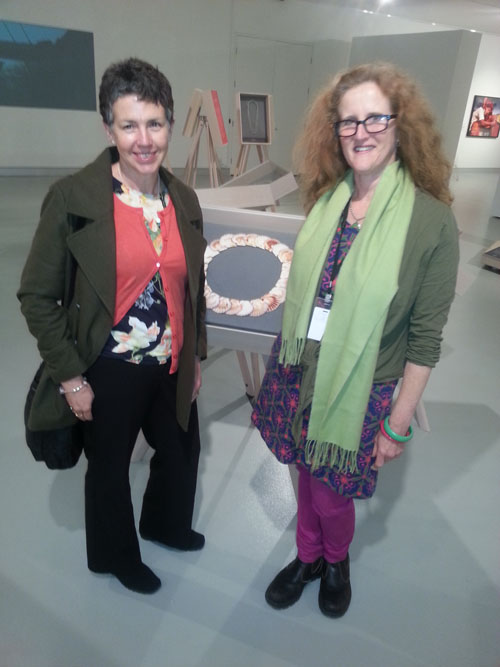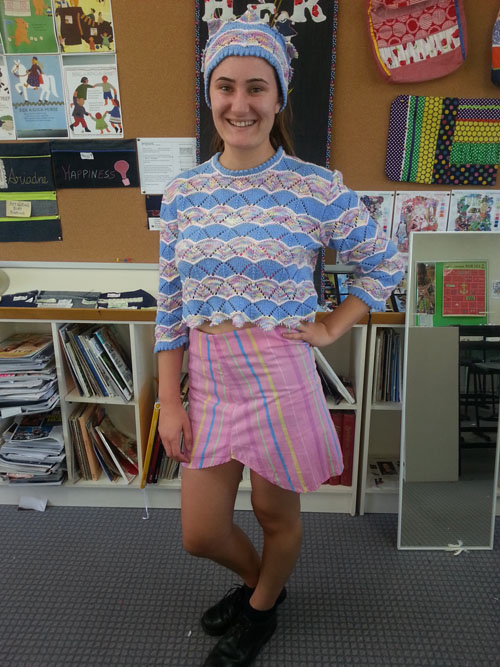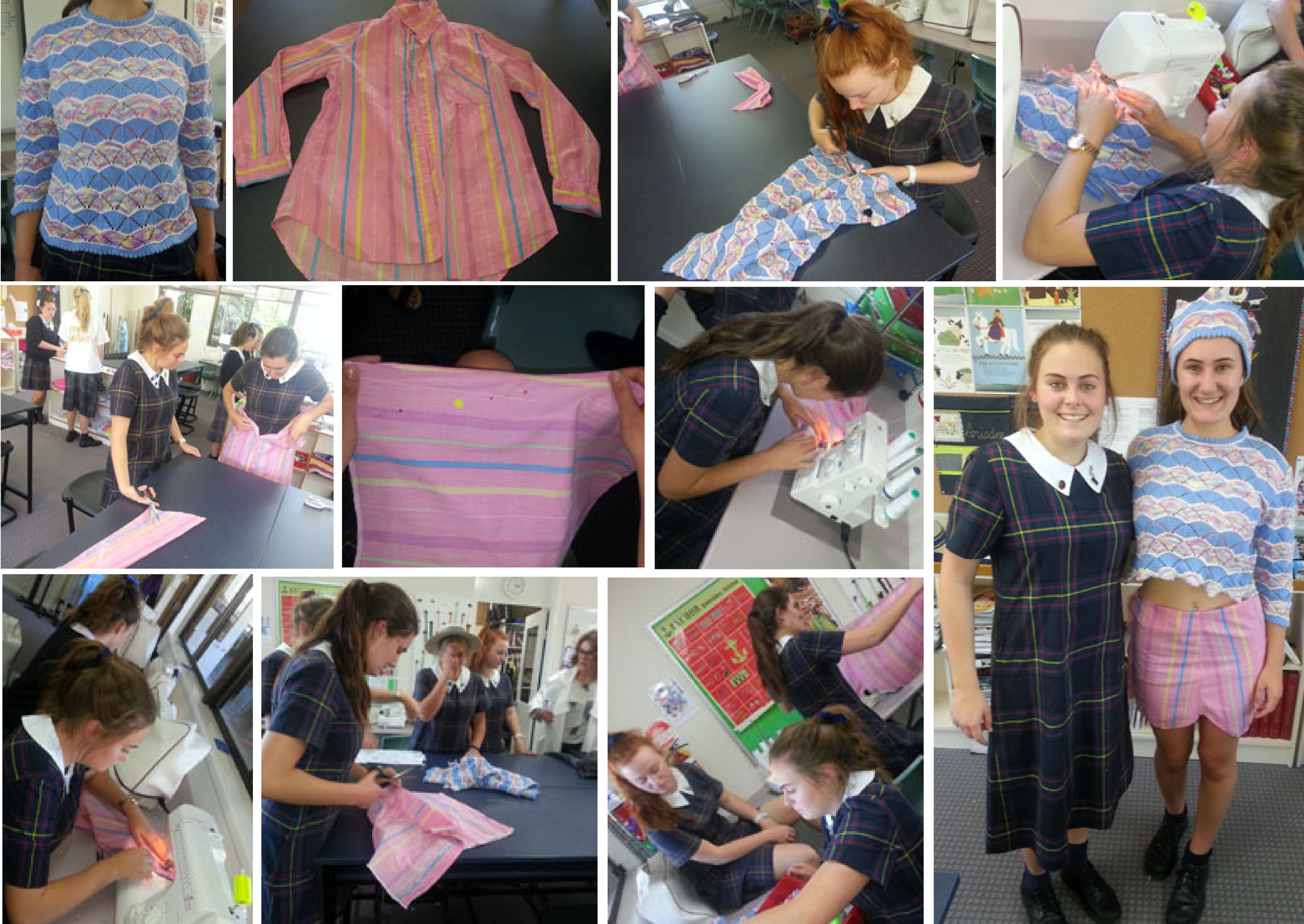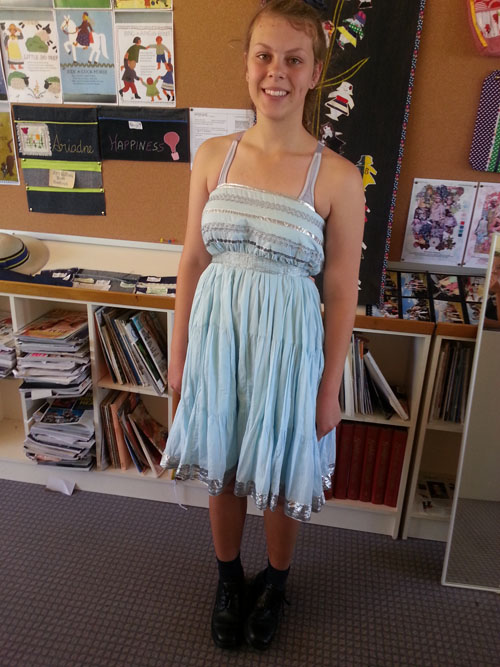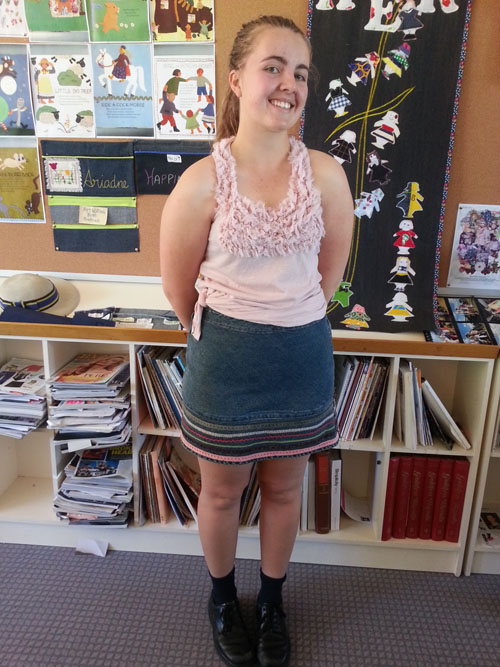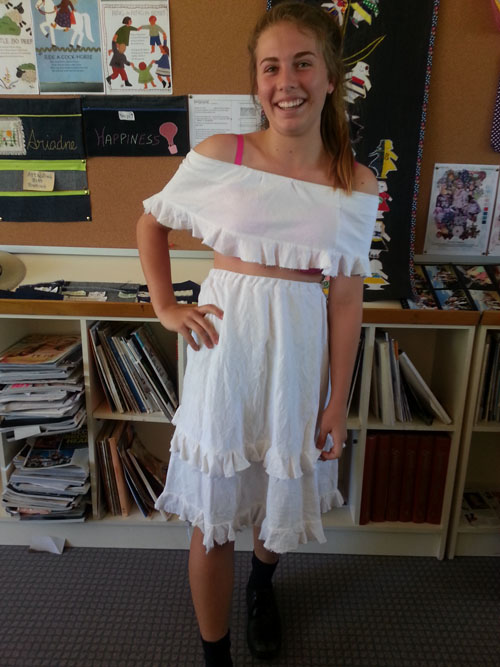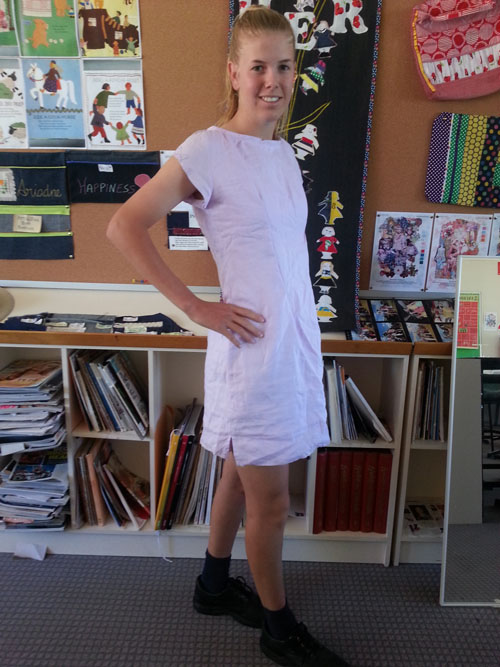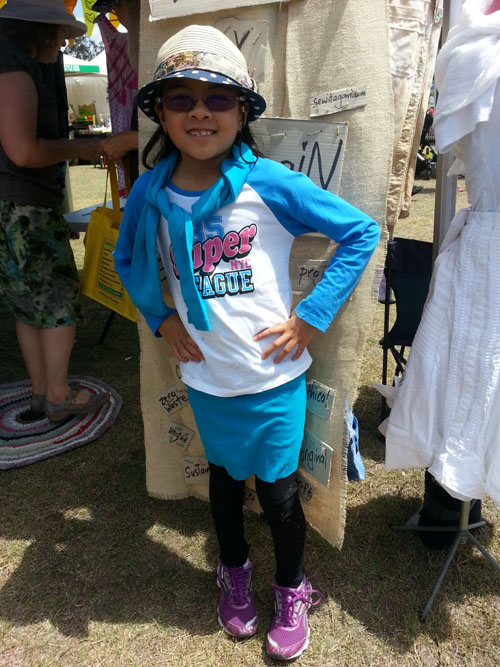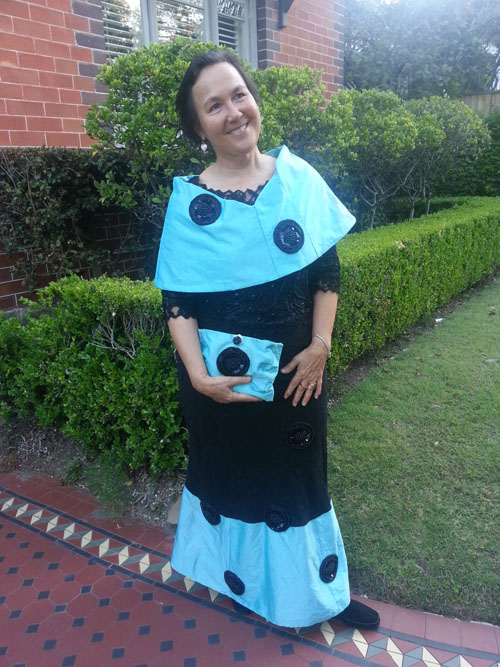 It was such a privilege to be at Sydney Town Hall last night for the 100 Women of Influence awards dinner, at the invitation of my friend Georgie Somerset who is a regional influencer named in the 2014 list.
It was such a privilege to be at Sydney Town Hall last night for the 100 Women of Influence awards dinner, at the invitation of my friend Georgie Somerset who is a regional influencer named in the 2014 list.
Westpac chief executive Gail Kelly announced Elizabeth Broderick as the overall 2014 Woman of Influence for her strategic and far-reaching work as Australia’s Sex Discrimination Commissioner.
There were some fabulous speeches, with Kelly saying women of influence know how to share their stories, have purpose and generosity, and co-sponsor Fairfax CEO Greg Hywood saying gender diversity is still an issue – because men inevitably revert to male-group-think, society needs women in positions of influence. The other point Mr Hywood made was women journalists from Fairfax currently hold the nation’s top journalism awards, led by Joanne McCarthy with a Gold Walkley. Continue reading
